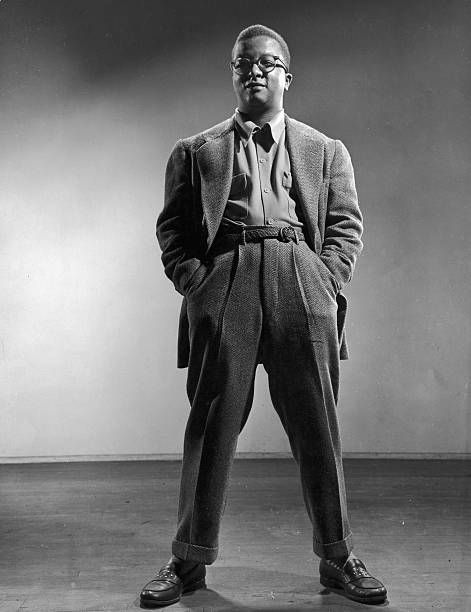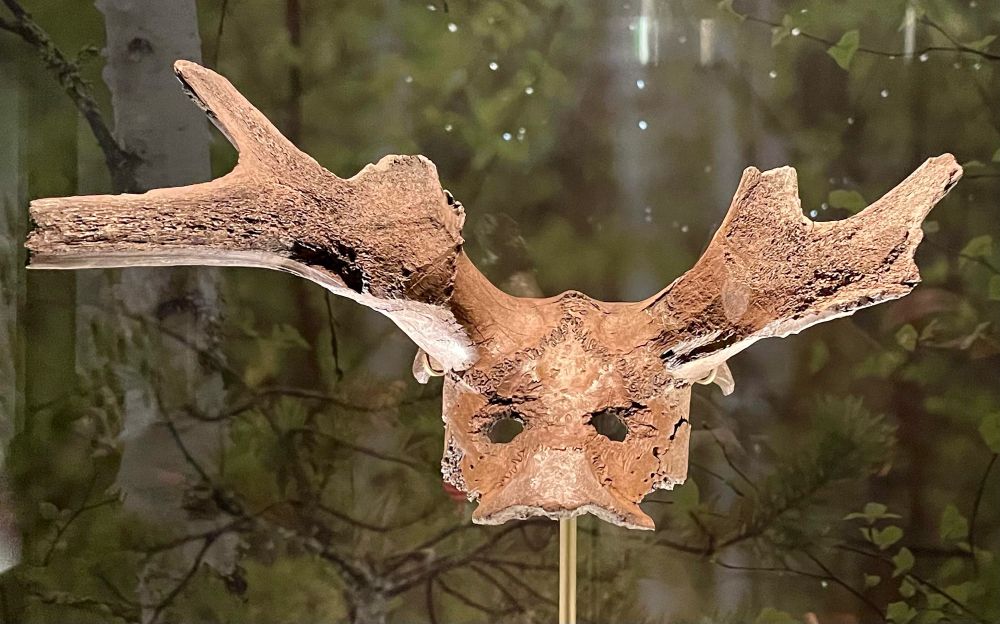





Read the report here 👉 www.archaeologyuk.org/our-work/tro...



📷 Gjon Mili, mid-1940s
"It is virtually impossible to think of another 20th-century artist whose prodigious talents were matched by so overwhelming a sense of modesty and conflicted desire to recede."
- Ginia Bellafante

📷 Gjon Mili, mid-1940s
"It is virtually impossible to think of another 20th-century artist whose prodigious talents were matched by so overwhelming a sense of modesty and conflicted desire to recede."
- Ginia Bellafante



Ladybug
Hedgehog
Jackalope
Sleestack
Cat
Ladybug
Hedgehog
Jackalope
Sleestack
Cat




Naturalist’s Library’ published by William Home Lizars, Edinburgh, 1834.
Copperplate engraving from Audubon’s ‘The Birds of America,’ published 1827-1838. Engraved, printed, and colored by Robert Havell & Son.
#rarebooks


Naturalist’s Library’ published by William Home Lizars, Edinburgh, 1834.
Copperplate engraving from Audubon’s ‘The Birds of America,’ published 1827-1838. Engraved, printed, and colored by Robert Havell & Son.
#rarebooks
The Replacements
Prince
Kiss (no makeup)
Kiss (makeup)
Trip Shakespeare
Slayer
Aphex Twin
Village People
DJ Shadow
Slayer
Oasis Maine Road
Sambroso All Stars present The Buena Vista Social Club
Muse
Cut La Chemist
The Staves
The Replacements
Prince
Kiss (no makeup)
Kiss (makeup)
Trip Shakespeare
Learn more: https://scim.ag/44kov1S

Learn more: https://scim.ag/44kov1S



3 years ago, with no warning, a brilliant orange farm cat wandered over from the draughty barn where he had been living, in rural Cornwall, and decided he wanted to live with us instead.
We decided to call him Jim.
This is the first photo I took of him, on that night: December 1st, 2022.



blogs.loc.gov/headlinesand...

blogs.loc.gov/headlinesand...

